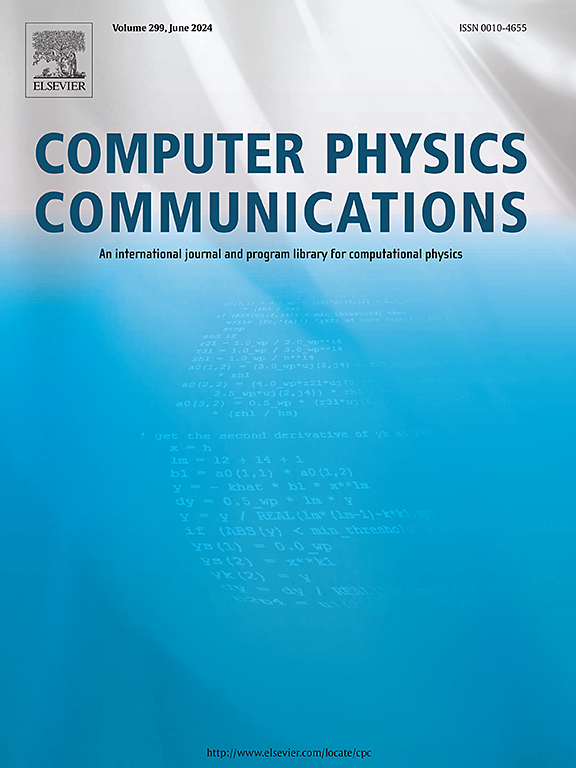ViTAE-SL: A vision transformer-based autoencoder and spatial interpolation learner for field reconstruction
IF 7.2
2区 物理与天体物理
Q1 COMPUTER SCIENCE, INTERDISCIPLINARY APPLICATIONS
引用次数: 0
Abstract
Reliable and accurate reconstruction for large-scale and complex physical fields in real-time from limited observations has been a longstanding challenge. In recent years, sensors have been increasingly deployed in numerous physical systems. However, the locations of these sensors can shift over time, such as with mobile sensors, or when sensors are deployed and removed. These sparse and randomly located sensors further exacerbate the difficulty of reconstructing the physical field. In this paper, we present a new deep learning model called Vision Transformer-based Autoencoder (ViTAE) for reconstructing large-scale and complex fields. The proposed network structure is based on a novel core design: vision transformer encoder and Convolutional Neural Network (CNN) decoder. First, we split a two-dimensional field into patches and developed a vision transformer encoder to transfer patches into latent representations. We then reshape the linear latent representations to patches before concatenation, along with a CNN decoder, to reconstruct the field. The proposed model is tested in four different numerical experiments, using generated synthetic data, spatially distributed PM2.5 data, Computational Fluid Dynamics (CFD) simulation data and National Oceanic and Atmospheric Administration (NOAA) sea surface temperature data. The numerical results highlight the strength of ViTAE-SL compared to Kriging and state-of-the-art deep-learning models with significantly higher reconstruction accuracy, computational efficiency, and robust scaling behavior.
求助全文
约1分钟内获得全文
求助全文
来源期刊

Computer Physics Communications
物理-计算机:跨学科应用
CiteScore
12.10
自引率
3.20%
发文量
287
审稿时长
5.3 months
期刊介绍:
The focus of CPC is on contemporary computational methods and techniques and their implementation, the effectiveness of which will normally be evidenced by the author(s) within the context of a substantive problem in physics. Within this setting CPC publishes two types of paper.
Computer Programs in Physics (CPiP)
These papers describe significant computer programs to be archived in the CPC Program Library which is held in the Mendeley Data repository. The submitted software must be covered by an approved open source licence. Papers and associated computer programs that address a problem of contemporary interest in physics that cannot be solved by current software are particularly encouraged.
Computational Physics Papers (CP)
These are research papers in, but are not limited to, the following themes across computational physics and related disciplines.
mathematical and numerical methods and algorithms;
computational models including those associated with the design, control and analysis of experiments; and
algebraic computation.
Each will normally include software implementation and performance details. The software implementation should, ideally, be available via GitHub, Zenodo or an institutional repository.In addition, research papers on the impact of advanced computer architecture and special purpose computers on computing in the physical sciences and software topics related to, and of importance in, the physical sciences may be considered.
 求助内容:
求助内容: 应助结果提醒方式:
应助结果提醒方式:


